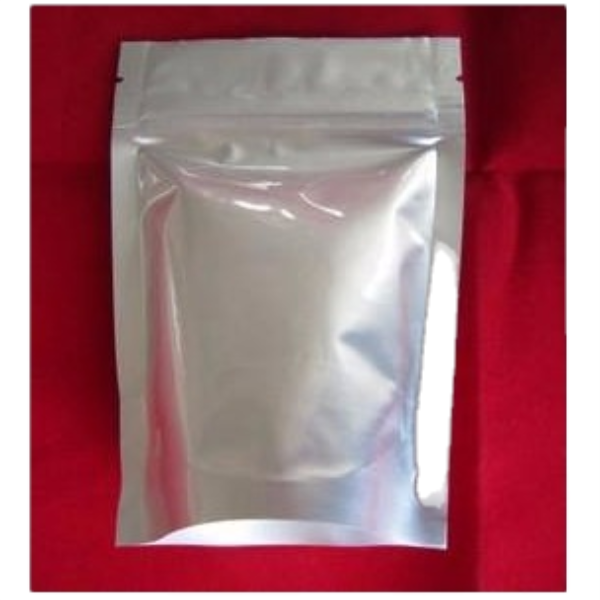Sodium Diacetate
Sodium diacetate is white crystal with acetic acid odor, easy to absorb moisture, very soluble in water, heated to above 150 ° C decomposition, flammable, stable under cool and dry conditions. Sodium diacetate mainly relies on the decomposed molecular acetic acid to have an antibacterial effect, which has good inhibition ability against bacteria and mold. Sodium diacetate belongs to the unspecified ADI substance and is designated as GRAS substance by the US FDA.
Sodium diacetate is a molecular complex of sodium acetate and acetic acid, a white hygroscopic crystalline solid with acetic acid odor. It is decomposed by heating to above 150 °C and is flammable. Sodium lgacetate is soluble in about 1 mL of water, and the pH of a 10% aqueous solution is 4.5 to 5.0.
Delivery Details
Having stock and can ship it out within 3 days when getting the payment.
1.Sodium diacetate Adding 0.1-0.2% 1-2 kg/ton SDA to the feed can effectively prevent the mildew of the feed and extend the shelf life of the feed for 1-2 months. Adding 0.1-0.3% SDA to the compound feed can make the feed preserved and preserved 3 - 5 months.
2.As a nutrient flavoring agent
Sodium diacetate Adding 0.05-0.2% SDA to the pellet compound feed can increase the protein utilization rate of the feed by 11%, the fish weight gain by more than 10%, and the piglet weight gain by 6-8%, which can be effectively added in the milk compound feed. Increase the milk protein content of dairy cows.
3.As a disinfectant
Sodium diacetate Adding 0.1-0.2% SDA to aquatic feed can effectively prevent fish diseases caused by homologous microorganisms, and can be used as a clarifying disinfectant for fish ponds; adding 0.05-0.3% SDA to poultry feed can prevent chickens Pulling and increasing the survival rate during the brooding period by more than 10%.
4.Application of sodium diacetate in feed of weaned piglets
Sodium diacetate The addition of 0.3% sodium diacetate to the feed increased the daily weight gain of weaned piglets by 10.8% compared with no addition, and the difference was significant; it had a significant effect on the daily feed intake of weaned piglets. The addition of sodium diacetate can significantly increase the feed conversion ratio of weaned piglets (up 10.5%), probably mainly because sodium diacetate improves feed nitrogen and energy utilization.
Sodium acetate is used in the pharmaceutical industry, as a buffer in the photographic industry and as a supplement for animal feeds to increase the milk fat production of dairy cattle. It is also used in the production of dye stuffs, as a polymerization catalyst, as a polymer stabilizer, as a flavoring agent, and in the manufacture of hydroxyl oxides, which are used as extractants in hydrometallurgy.
| ITEM | STANDARD |
| Appearance | White, odorless, hygroscopic powder |
| Assay (Dry Basis, %) | 99.0-101.0 |
| pH (1% Solution, 25°C) | 8.0- 9.5 |
| Loss on Drying (120°C, 4 Hours, %) | ≤ 1.0 |
| Insoluble Matter (%) | ≤ 0.05 |
| Alkalinity (as NaOH, %) | ≤ 0.2 |
| Chlorides (Cl, %) | ≤ 0.035 |
| Formic acid, formates and other oxidizable (as formic acid) | ≤ 1,000 mg/kg |
| Phosphate (PO4) | ≤ 10 mg/ kg |
| Sulphate (SO4) | ≤ 50 mg/ kg |
| Iron (Fe) | ≤ 10 mg/ kg |
| Arsenic (As) | ≤ 3 mg/ kg |
| Lead (Pb) | ≤ 5 mg/ kg |
| Mercury | ≤ 1 mg/ kg |
| Heavy Metal (as Pb) | ≤ 10 mg/ kg |
| Potassium Salt (%) | ≤ 0.025 |
Logistics picture display






